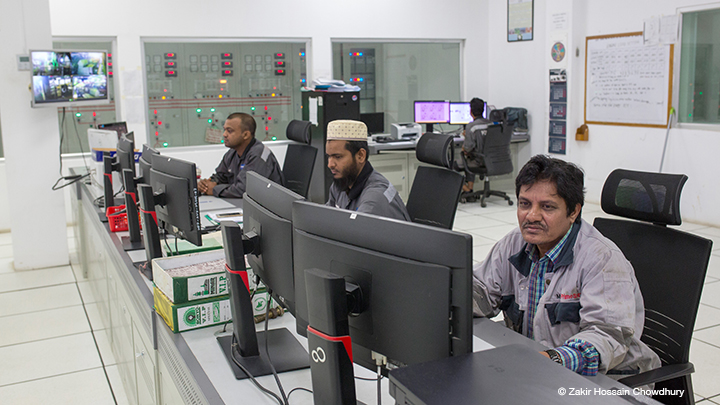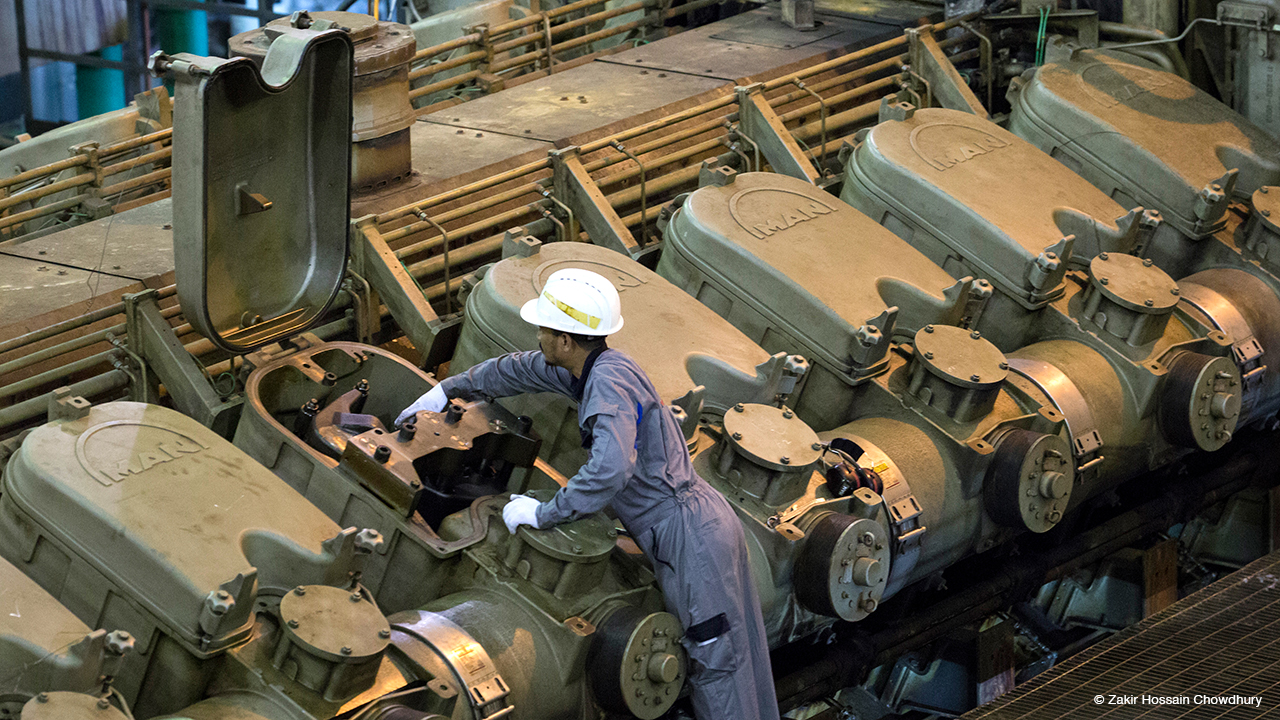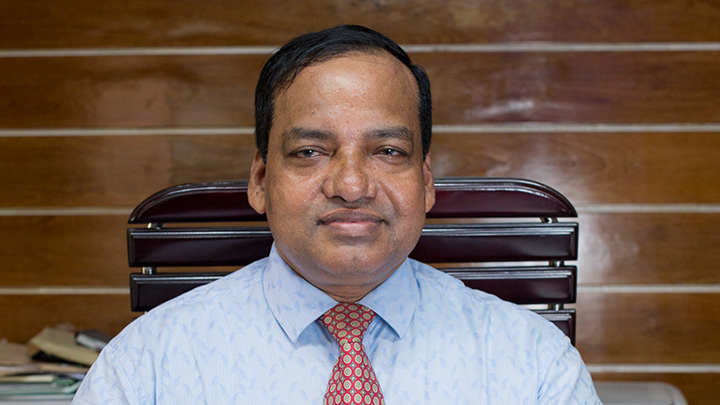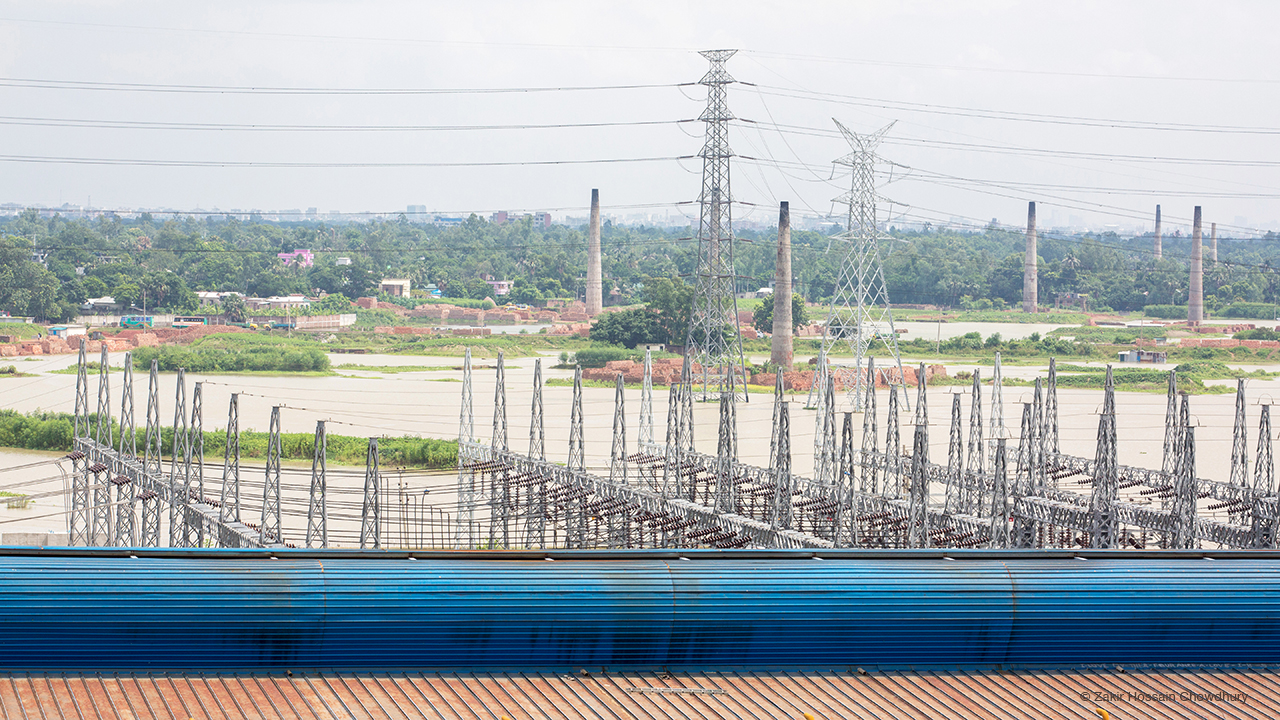A power plant near Bangladesh’s capital is helping the emerging country meet its growing energy requirements.
Atif Siddique sits in his office in a busy commercial district of Dhaka, surrounded by electricity-powered devices. There’s the laptop, a printer, his cell phone, the security system, lighting, and of course the fans and air conditioners that regulate the soaring summer temperatures to a bearable level. “Almost all objects, devices and accessories we use daily require electricity,” the Managing Director of MAN Energy Solutions Bangladesh takes stock, while also pointing out, “Almost all of these things were not common 20 years ago.” In fact, most of them are still not common in his home country.
A growing economy with growing energy requirements
Bangladesh is a young state by most measures. Although earlier independence efforts dated back to 1947, the Muslim-majority region, previously part of British India and later Pakistan, wasn’t declared a republic until 1971. After the preceding War of Independence had received widespread public support (culminating in the all-star Concert for Bangladesh), the fledgling democracy once again came to the world’s attention during the devastating famine of 1974. Today, Bangladesh is a developing nation, the eighth fastest growing economy in the world and listed as one of the Next Eleven emerging markets (those considered likely to join the BRIC countries as the world’s largest economies within the 21st century). The population’s life expectancy, literacy and education levels, as well as the gross national income per capita are all on the rise, and it was recently ranked highest of all South Asian nations on the World Economic Forum’s Global Gender Gap Index.

In short, it is rapidly catching up with the rest of the developed world in every way, including in its rising energy requirements. According to Siddique, “Over the last couple of decades, there has been a tremendous shift in energy demand, but also in availability. Energy is made available for all sectors but is delivered on a priority basis to educational institutes, hospitals, as well as the textile and food processing industries. This supply will secure sustainable economic growth of our country.”

The MAN engine room at Kodda Power Plant in Bangladesh
Just beyond the urban sprawl of capital Dhaka, about 30 kilometres from Siddique’s office, lies the latest in a series of state-of-the-art power plants, designed to keep up with the pace of development. Commissioned by Rural Power Company Limited (RPCL), an enterprise supported by Bangladesh’s Rural Electrification Board, and built by RPCL subsidiary B-R Powergen Limited (BRPL) and MAN Energy Solutions, the Kodda Power Plant has been delivering 150 megawatts of power to the national grid since 2015.

Abdus Sabur, Managing Director of RPCL and BRPL, in his office.
Target: 24,000 MW by 2021
It is part of the government’s larger plan to expand the country’s energy infrastructure, currently boosted by a fast track program, as Abdus Sabur, Managing Director of RPCL and BRPL, explains. “Bangladesh has set a target to increase total generation capacity to 24,000 MW by 2021,” he elaborates, “and we have our own plan to meet this target to provide energy security in Bangladesh. At present, BRPL are implementing two new projects, 150 MW each, where we are again considering MAN as a developing partner.”
Together, these partners have already come a long way towards achieving the government-set targets, Sabur confirms, “In 2009, the country’s generation capacity was around 5,000 MW. It has now reached 20,000 MW, providing more than 90% of the population with electricity. Power fluctuations have been reduced to a minimum, which makes life more comfortable, supports industrialization and helps development. I feel proud to be part of this increase of Bangladesh’s power generation.
The Kodda Power Plant is one of nine across Bangladesh, with a further 12 MAN plants in development. It is, however, unique as planned to be the first to switch to dual-fuel technology in 2019. The installed engines initially ran on diesel. After the necessary supply infrastructure for operation on natural gas was finished, the engines were retrofitted to dual fuel and now offer full fuel flexibility. Moreover, since RPCL signed a contract that will see MAN PrimeServ providing long-term maintenance on-site, the company has become one of the first Original Equipment Manufacturer to enter a direct service contract with a Bangladesh government entity.

Kodda-Power Plant-Turag River
Fueling Kodda, powering Bangladesh
Although Bangladesh is the seventh-largest natural gas producer in Asia, a steady and reliable supply is still a major challenge. “Our dual-fuel technology offers the fuel flexibility plant operators need and the security of supply this country needs,” Atif Siddique sums up the situation, “The total installed capacity with MAN machines in Bangladesh will be 1.85 GW by 2019, which is more than 10% of the total capacity. The government has set a target to bring the whole country under electricity coverage by 2021. With growing demand, the role MAN play in tackling the power crisis will also continue to grow.”
Bangladesh has set a target to increase total generation capacity to 24,000 MW by 2021
MAN Energy Solutions Bangladesh corporate video
Explore more topics
MAN Energy Solutions is now Everllence.
We have adopted a new brand name and moved to a new domain: www.everllence.com. This page will also be relocated there shortly. We are working on shifting all pages to www.everllence.com.
